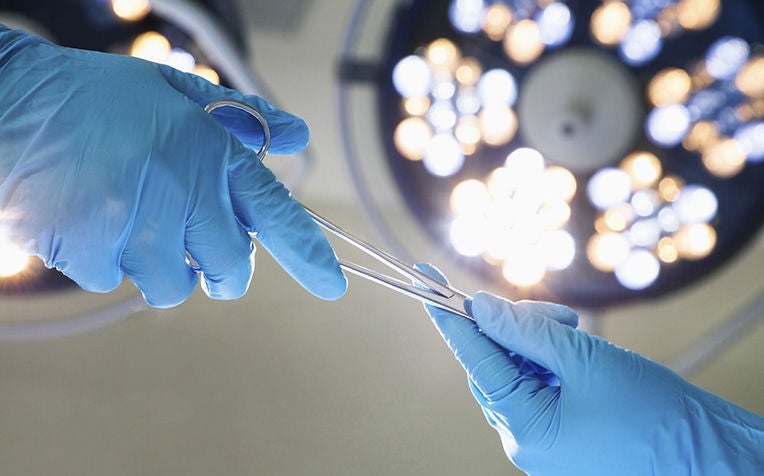
Endometriosis is a painful condition where the lining of the womb (endometrium) is found outside of the uterus, and causes problems as a result.
Endometriosis: Is there a cure?
There is no cure for endometriosis, and it isn’t clear what causes it either. Medication and surgery can help control the symptoms of endometriosis, especially when the disease is in the early stages. Drugs may slow the progression of the disease and have also been shown to partially reverse it in some cases, said Dr Peter Barton-Smith, Senior Consultant, Department of Obstetrics and Gynaecology, Singapore General Hospital (SGH), a member of the SingHealth group.
Medication is also prescribed to reduce pain, but it does not address infertility – this requires surgery or assisted conception.
Surgical options for endometriosis
Surgery is considered for patients whose deep infiltrating endometriosis has led to a constriction of the ureter, is interfering with their ability to conceive, giving them significant pain, or if they cannot tolerate the side effects of medication. Laparoscopic surgery can be used to clear endometriosis, and in the hands of an expert endometriosis surgeon, is preferable to open surgery as the disease can be seen and isolated more easily with fewer complications. Both methods come with the risk of complications, however.
“There is at least a 6.7 per cent risk of delayed major complications to the bowel and ureters with conventional laparascopy. The difference is in the surgical technique used to remove the endometriosis – shaving the endometriosis off the surface of the bowel; cutting around it, lifting it out and then stitching the hole closed; or removing an entire segment of the bowel and then rejoining it,” said Dr Barton-Smith.
Most expert endometriosis surgeons now choose to shave the endometriosis off the bowel as the risks of both short and long-term complications are lower with this method. Using a robotics-enhanced surgical system for laparoscopy also allows for a better view and more accurate, less tiring surgery.
No risk of moving uterus with robotics-enhanced laparoscopic surgery
Human hands get tired when held in the same position for hours. This is not a concern when the hands belong to a robot.
For this reason, the ViKY Uterus Positioner now does the job of a junior surgeon when Dr Barton-Smith performs minimally invasive surgery using another robot, the da Vinci surgical system.
Operating fully by voice command via a wireless Bluetooth headset, ViKY provides him with full control of the position of the uterus during minimally invasive surgery.
Normally, a second doctor assists him by manually controlling the position of the uterus during surgery.
“With the new technique, an assistant is no longer needed to position and maintain the uterus according to the surgeon’s needs,” said Dr Barton-Smith.
It can be tiring for the junior surgeon to maintain the traction required on a uterus during a procedure’s critical phases to avoid injuring the ureters, and ensure stable positioning.
With robotic surgery, patients experience lower levels of blood loss, fewer complications, shorter hospital stays and faster recoveries.
Ref: Q15
Contributed by


















 Get it on Google Play
Get it on Google Play